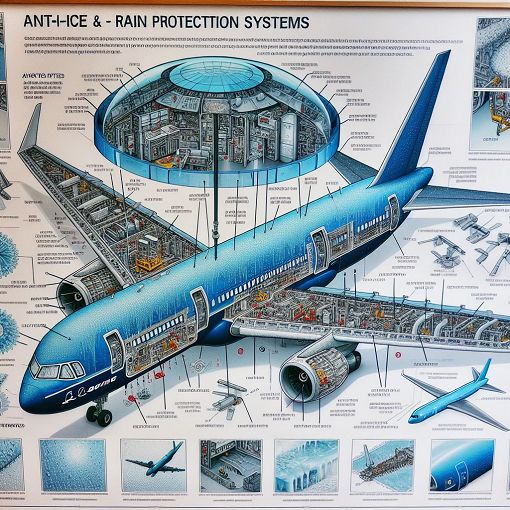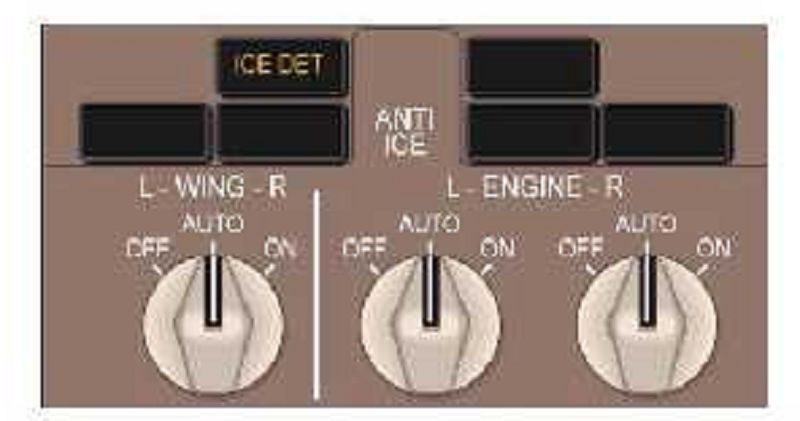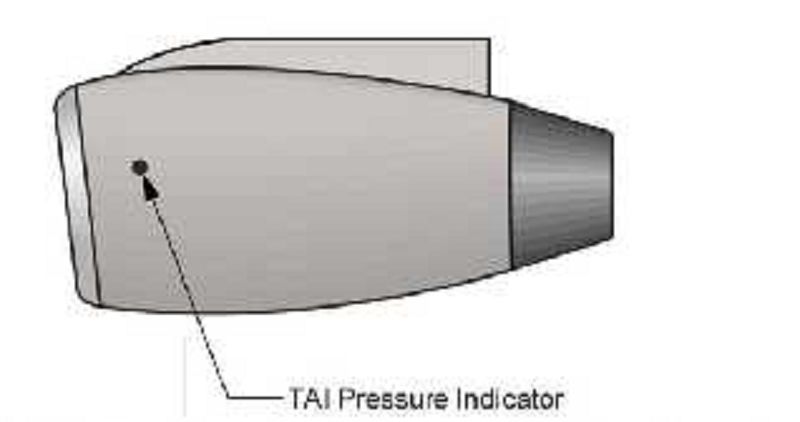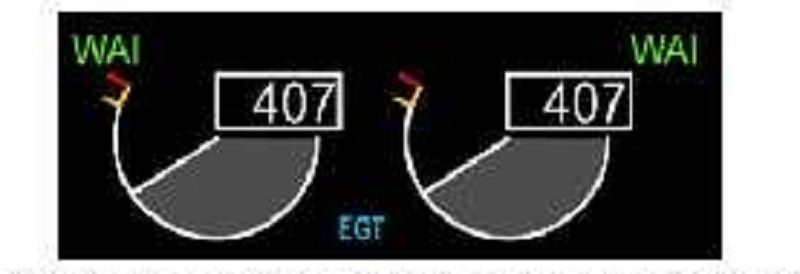756 Systems Anti Ice / Rain
{"name":"756 Systems Anti Ice \/ Rain", "url":"https://www.quiz-maker.com/QPREVIEW","txt":"Test your knowledge on the anti-ice and rain systems of the 757 and 767 aircraft models. This quiz covers essential functionalities, safety protocols, and operational procedures.Challenge yourself with questions about:Engine anti-ice operationsWing anti-ice systemsThermal anti-ice indicationsSystem failure responses","img":"https://cdn.poll-maker.com/104-5101072/img-scphccckdlslzr7q2wpgkjfx.jpg"}
More Quizzes
756 Missing Systems Questions
42210
756 Systems Flight Controls
1261022
Kviz
1360
Melyik ország zászlója vagyok?
630
Elements of Design - Art Elements & Principles
201018518
Movie Logo - Name the Film Studios
201022964
Emo or Scene - Free With Instant Results
201018756
Do I Love My Mom? - Free Self-Assessment
201016642
Cooking Trivia - Free to Test Your Kitchen Smarts
201017713
Number Theory - Free Practice Questions Online
15818214
Is My Partner Controlling? Free to Spot Signs
201017782
What Drink Are You? Kids Personality - Free
201017123








